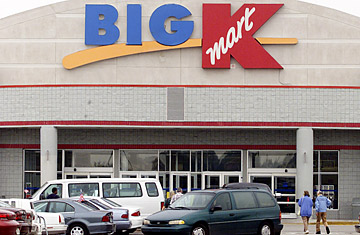
Kmart, one of the nation's original discount retailers, filed for bankruptcy in January 2002 as plunging store sales and earnings gave rise to a cash crunch. Kmart found itself cut off from certain parts of the bond market, and its suppliers began pulling back on their willingness to ship goods on credit. Kmart cited the lingering effects of the 2001 recession and intense competition from other discounters (read: Wal-Mart and Target) as sources of malaise, but the underlying problem was that the company couldn't give customers a compelling reason to shop at its stores.
In bankruptcy, Kmart shuttered hundreds of its 2,000-some stores — a slimming down typical in retailer bankruptcies. The company also got out of the leases of hundreds of other stores that it had already closed or leased to other companies. Kmart cut jobs, consolidated offices and liquidated excess inventory. A distressed debt investor named Eddie Lampert took notice of how much some of Kmart's real estate was worth and started buying up the company's bonds. When Kmart emerged from bankruptcy 455 days later, he was its chairman. From that position, he sold off much of the firm's most-valuable property — and eventually merged the company with Sears.